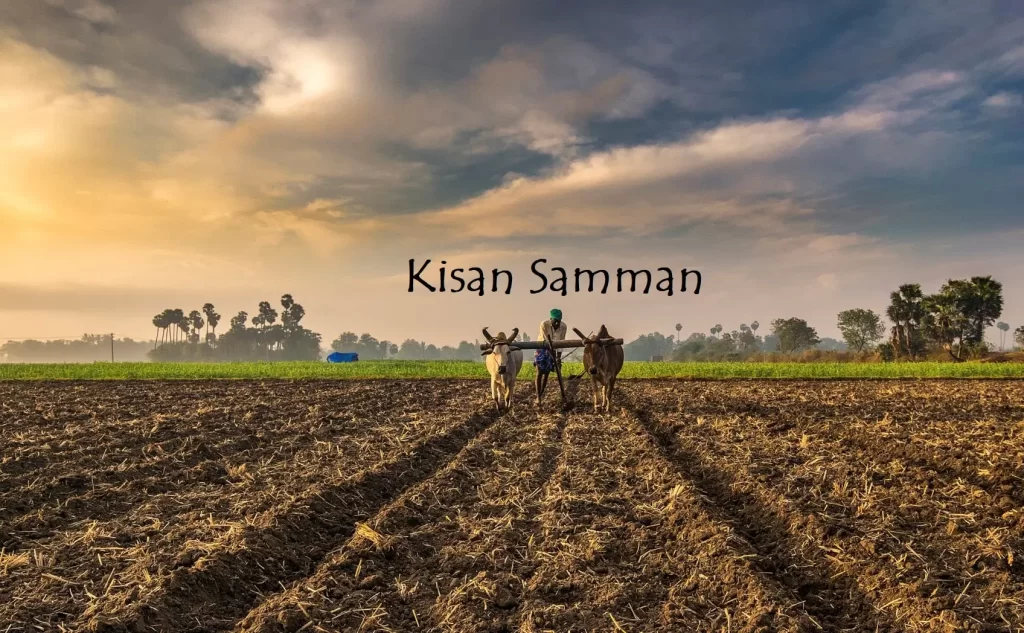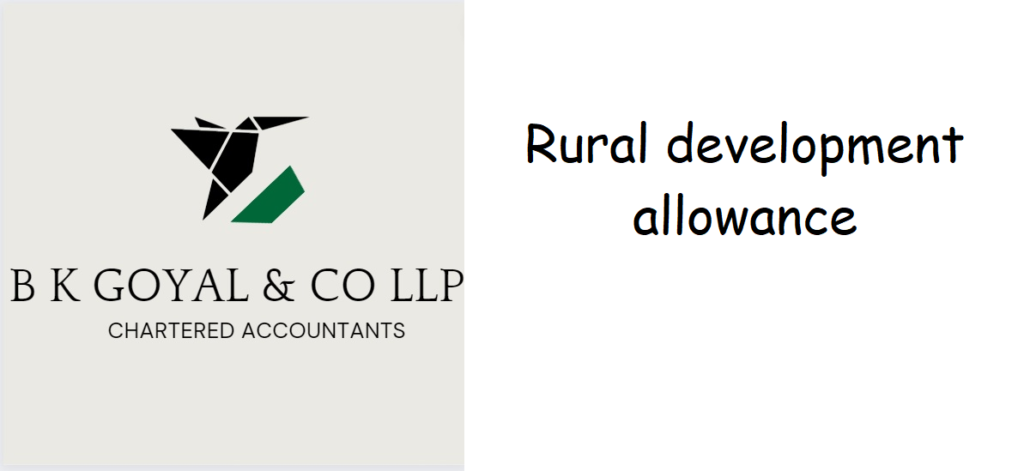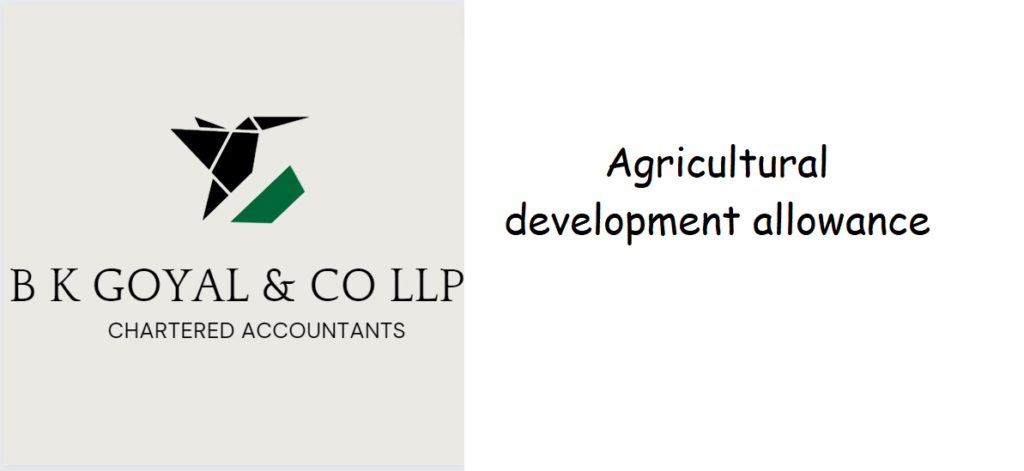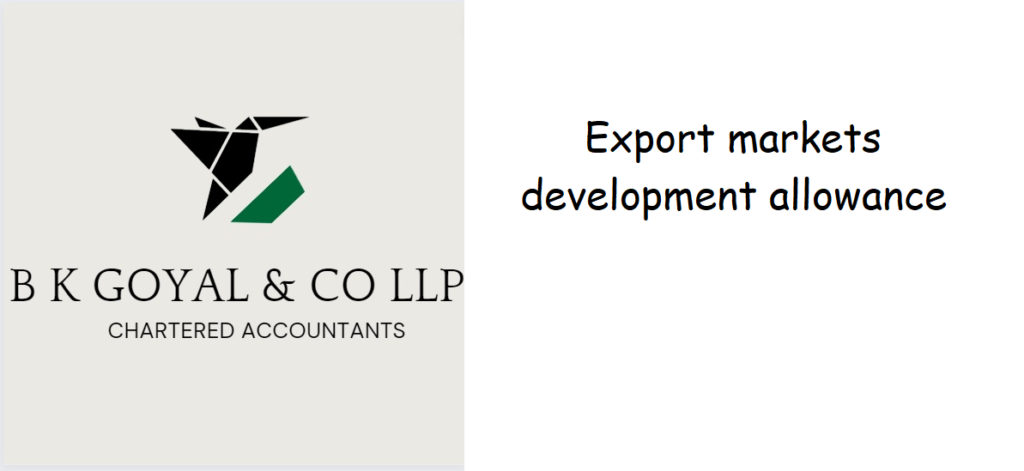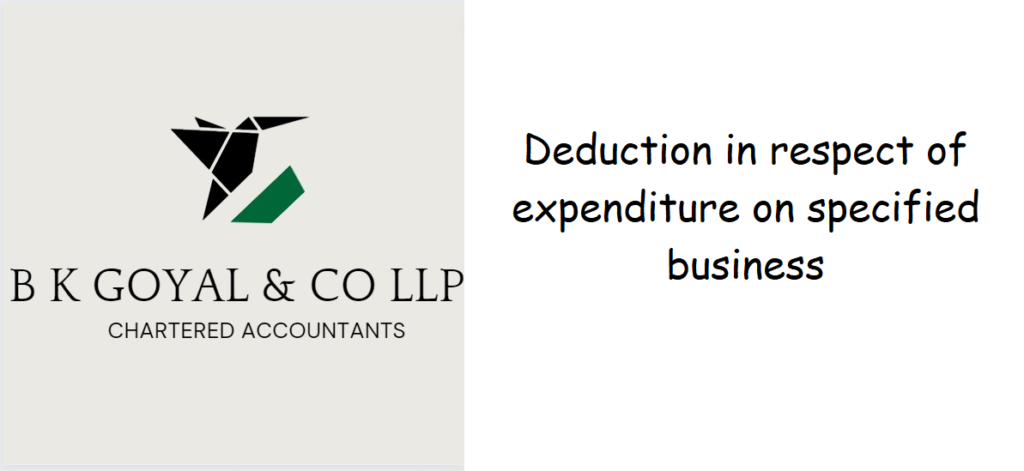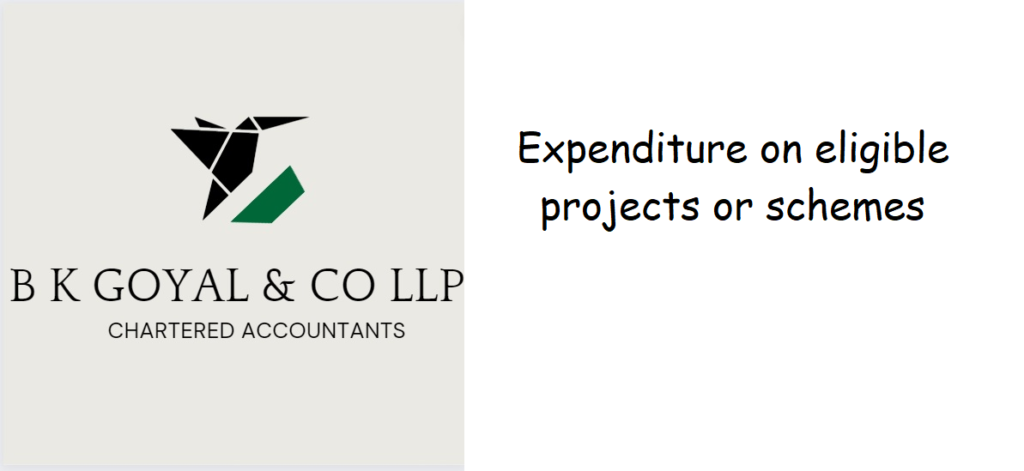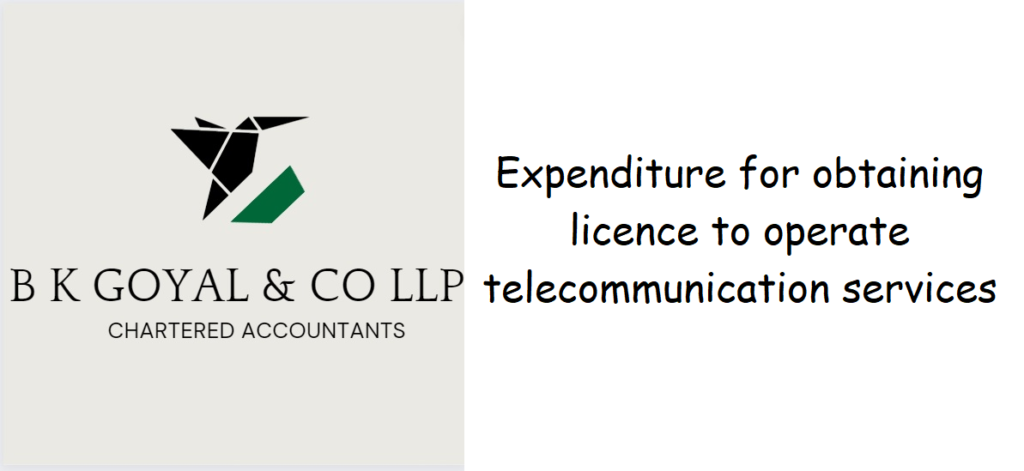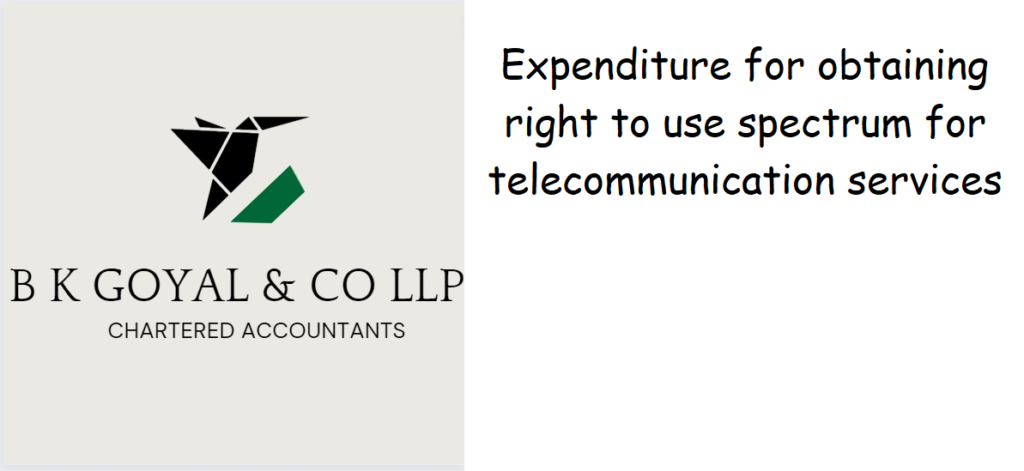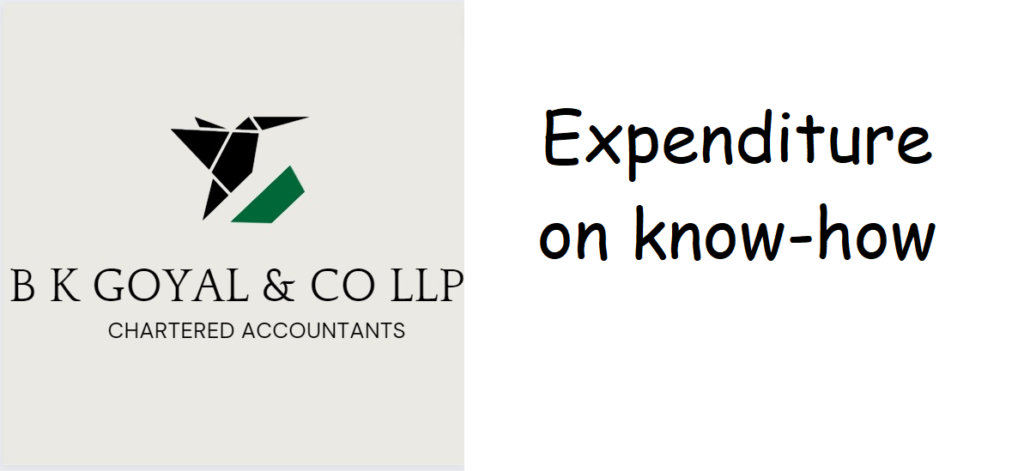PM Kisan – https://pmkisan.gov.in/ Registration, Beneficiary Status Check, Installment Updates
Do you want to register for PM Kisan Yojana or do you want to apply for PM Kisan Samman Nidhi Scheme or do you want to check the status of your PM kisan installment ? By the end you complete reading this article, you will get all your answers related to PM Kisan Yojana, how you can apply to the same, how much money you can get from the government, what is the eligibility for the Scheme, how you can check the status of your PM Kisan. My name is CA Bhuvnesh Goyal and I am a Practicing Chartered Accountant in India. I have an experience of more than 14 years in the field of finance, taxation, auditing, income tax return filing, company registration etc India is an agrarian country, with agriculture playing a pivotal role in its economy. Over 58% of the rural households in India depend on agriculture as their primary means of livelihood. In recent years, the agricultural sector has been facing numerous challenges, including low productivity, declining income, and increasing vulnerability to climate change. Recognizing the need to support and empower the farming community, the Government of India introduced the Pradhan Mantri Kisan Samman Nidhi (PM-KISAN) scheme in 2019. In this blog post, we will discuss the key features, objectives, and benefits of this scheme PM Kisan 14th Installment PM Kisan 14th installment of Rs 2000 is expected to be released either in the month of May, 2023 or June 2023. All the PM Kisan beneficiaries are advised to complete the e-kyc in advance for immediate credit of money in their bank accounts e-kyc can easily be done through aadhar otp. Simply go to the government website https://pmkisan.gov.in/ and go to the farmers corner. You will see e-kyc option, click on the same, enter your aadhar card number. You will receive an otp on your aadhar linked number, enter the same on the website as asked and that’s it, ekyc is completed. PM-KISAN: A Brief Overview The PM-KISAN scheme was launched on February 24, 2019, by the Government of India with the aim of providing income support to the small and marginal farmers of the country. The primary objective of this scheme is to ensure that farmers receive adequate financial assistance to cover their basic needs and invest in agricultural activities. The scheme offers an annual income support of INR 6,000. The same money is disbursed in three equal installments of INR 2,000 each every four months. Eligibility Criteria The PM-KISAN scheme is designed to benefit small and marginal farmers with landholding up to 2 hectares (5 acres). The following categories of beneficiaries are eligible to receive financial support under the scheme: Small and marginal farmer families holding cultivable land up to 2 hectares Farmer families in which one or more of its members belong to the following categories: former or present constitutional post holders, former or present ministers/state ministers, former or present members of the Lok Sabha/Rajya Sabha/State Legislative Assemblies/State Legislative Councils, former or present mayors of municipal corporations, and former or present chairpersons of district panchayats. Exclusions Institutional landholders Farmer families with one or more members holding a constitutional post Individuals who paid income tax in the last assessment year Professionals like doctors, engineers, lawyers, chartered accountants, and architects who are registered with professional bodies and carry out profession by undertaking practice Retired pensioners with a monthly pension of INR 10,000 or more Individuals who received a monthly salary of INR 10,000 or more in the previous financial year Implementation and Benefits The PM-KISAN scheme is implemented through a highly efficient Direct Benefit Transfer (DBT) system, ensuring that the financial assistance reaches the intended beneficiaries without any intermediaries. This eliminates the chances of corruption and leakages in the system, ensuring that the farmers receive the full benefit of the scheme. The scheme has a multitude of benefits for the Indian agricultural sector, including: Financial security: The income support provided by the PM-KISAN scheme ensures that farmers have a stable source of income, which can be used to meet their basic needs and invest in agricultural activities. Enhanced productivity: The financial assistance enables farmers to invest in better agricultural inputs, such as seeds, fertilizers, and irrigation facilities, leading to higher crop yields and productivity. Reduced indebtedness: The scheme helps farmers to reduce their dependence on high-interest loans from informal sources, thereby reducing their indebtedness and vulnerability to debt traps. Climate-resilient agriculture: The scheme encourages farmers to invest in sustainable agricultural practices, which can increase their resilience to climate change and other environmental challenges. A Step-by-Step Guide to Register for the Pradhan Mantri Kisan Samman Nidhi Scheme Step 1: Check Your Eligibility Before you begin the registration process, ensure that you meet the eligibility criteria set by the government. The scheme is designed for small and marginal farmers with landholding up to 2 hectares (5 acres). Make sure to review the complete list of exclusions mentioned in the previous blog post to ensure you qualify for the scheme. Step 2: Gather Necessary Documents To register for the PM-KISAN scheme, you will need the following documents: Aadhaar card Landholding documents (ownership, lease, or cultivation rights) Bank account details (account number, IFSC code) Mobile number Step 3: Visit the PM-KISAN Portal Access the official PM-KISAN portal at https://pmkisan.gov.in/. The portal is available in both English and Hindi languages. Step 4: Navigate to the Registration Form On the homepage of the PM-KISAN portal, click on the “Farmers Corner” tab on the top right corner of the page. From the drop-down menu, select “New Farmer Registration.” Step 5: Aadhaar Verification Enter your Aadhaar number in the designated field and click on the “Click here to continue” button. The portal will then prompt you to verify your Aadhaar number by entering a One-Time Password (OTP) sent to your registered mobile number. Enter the OTP and click on “Submit.” Step 6: Complete the Registration Form After successful Aadhaar verification, you will be redirected to the “New Farmer Registration” form. Fill in all the required details
